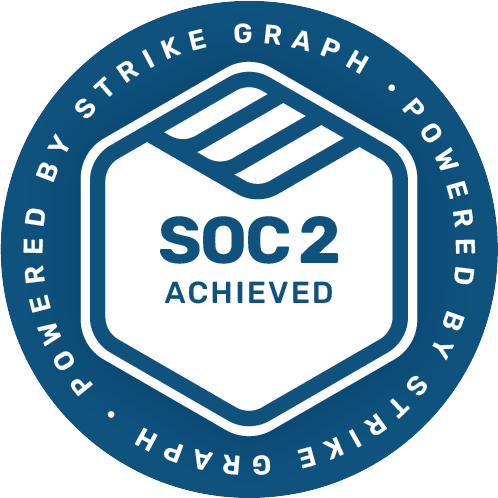Mobile app testing is a critical phase in the development process, ensuring that applications meet quality standards and provide a seamless user experience. Traditional testing methods often involve manual testing, which can be time-consuming and prone to human error. However, the integration of ChatGPT-powered chatbot reporting tools is revolutionizing the landscape of mobile app testing, making the process more efficient and effective.
The Role of ChatGPT in Mobile App Testing
ChatGPT, a powerful language model developed by OpenAI, is now being harnessed to enhance mobile app testing through chatbot reporting tools. These tools leverage the natural language processing capabilities of ChatGPT to create intelligent interfaces that facilitate communication between testers and testing systems.
Key Benefits of Chatbot Reporting Tools in Mobile App Testing:
- Conversational Test Case Creation: Chatbot reporting tools enable testers to create and manage test cases through natural language conversations with the chatbot. This conversational approach simplifies the test case creation process, making it more accessible for team members with varying levels of technical expertise.
- Real-time Test Status Updates: Through continuous integration and automated testing, chatbots powered by ChatGPT provide real-time updates on the status of test executions when needed. Testers can easily inquire about test progress, results, and any issues detected during the testing phase, allowing for swift and informed decision-making.
- Intelligent Bug Reporting: Chatbots assist testers in the bug reporting process by extracting relevant information about detected issues when asked. Testers can describe the problem in natural language, and the chatbot intelligently captures key details, such as device information. This streamlines the bug reporting workflow and ensures that developers receive comprehensive information to address the issues efficiently.
- Scalability and Cost Efficiency: Chatbot reporting tools powered by ChatGPT offer scalability, allowing teams to handle an increasing number of test cases without a proportional increase in manual effort. This scalability contributes to cost efficiency by optimizing testing processes and reducing the need for extensive manual intervention.
Conclusion
Incorporating ChatGPT-powered reporting tools into mobile app testing workflows represents a significant leap forward in terms of efficiency, collaboration, and overall quality assurance. By harnessing the capabilities of natural language processing, tools such as Sofy can streamline test case creation, and improve reporting processes. As the field of artificial intelligence continues to evolve, we can expect further innovations that will continue to shape and improve the landscape of mobile app development and testing.









